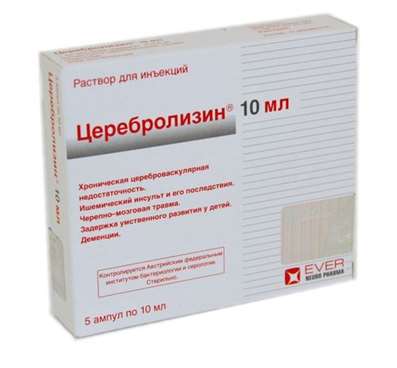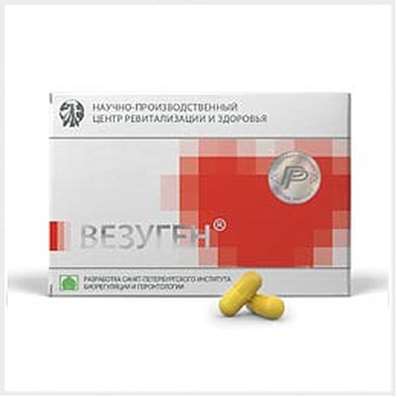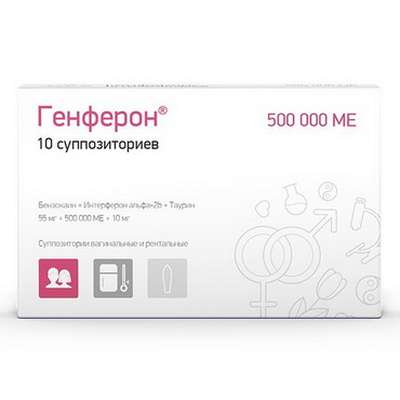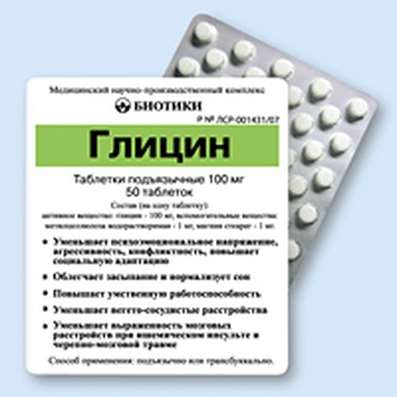Conservative treatment of varicose veins of the lower extremities
06 Dec 2018
According to the results of epidemiological studies, in Europe the pathology of veins occurs in 25-50% of the population, with 10-15% having significant varicose veins, 5-15% having severe varicose veins, 1-4% of people aged 30- For 70 years, venous ulcers of the lower extremities have been observed. On the average, varicose veins occur in 25-30% of women and 10-20% of men. The incidence increases with age - about 70% of 70-year-old men and women suffer from varicose veins.
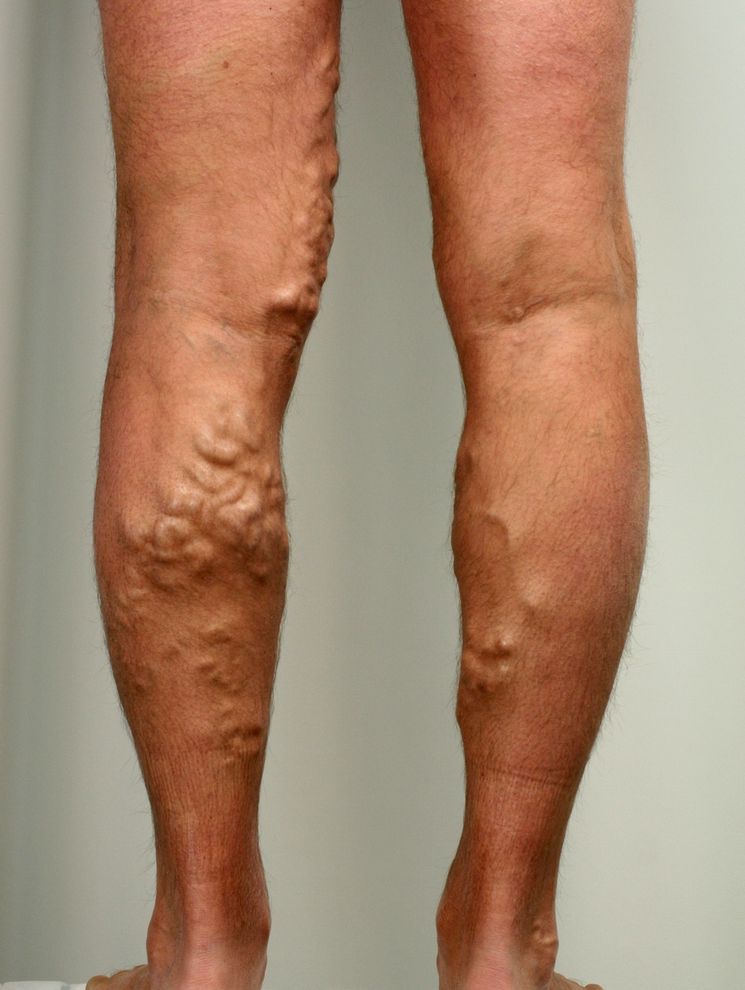
All patients suffering from varicose veins of the lower extremities should be observed by the doctor and receive proper treatment. Indications for surgical treatment of varicose veins of the lower limbs are pathological discharge of blood from the deep veins into the superficial, the progression of symptoms of chronic venous insufficiency and the appearance of complications (bleeding, thrombophlebitis).
Tasks and methods of conservative therapy
Conservative therapy is necessary for correcting the symptoms of the disease, preventing and treating complications, as preoperative preparation and postoperative rehabilitation, and for improving the quality of life. Taking into account modern views on the pathogenesis of VBVNK, the main efforts in the treatment should be aimed at eliminating the following pathological factors:
- increasing the capacity of the venous bed;
- pathological reflux in various parts of the venous bed;
- leukocyte aggression and inflammation;
- microcirculatory disorders;
- lymphatic drainage disorders.
This is achieved by various methods of treatment. Among the main methods are the correction of lifestyle, compression and pharmacotherapy. They also use physiotherapy and prescribe a sanatorium-and-spa treatment.
Medications for treatment
The main group of drugs used to treat varicose veins of the lower extremities are phlebotrophic drugs.
It is also advisable to use deproteinized blood derivatives of calves. This group of drugs improves the course of energy-dependent metabolic processes in the body; stimulates the supply of tissues with oxygen and glucose; increases the activity of enzymes of oxidative phosphorylation; accelerates the exchange of ATP and ADP with the decomposition of lactates and pyruvates; normalizes the pH of cells; improves microcirculation. Actovegin and Solcoseryl are used in the form of a solution for intravenous or intramuscular injection.
Systemic enzyme therapy is widely used in the treatment of various diseases in the pathogenesis of which there is an inflammatory or immune component. Therefore, their use is useful in varicose veins of the lower extremities, complicated by thrombophlebitis or trophic ulcer.
Phlebotrophic preparations
Modern pharmacotherapy includes a large number of phlebotrophic drugs, which can be divided into several groups.
Chemical substance - Active component (Trade name)
| alpha - benzopyrones | coumarins (none) |
| gamma - benzopyrones (flavonoids) | diosmin, hesperidin, flavanoic acid (Detralex, Cyclo 3 Fort) |
| Routine derivatives | rutosides and hydroxyrutosides (Anvenol, Venoruton, Routin, Troxerutin, Troxevasin) |
| pycnogenol | leucocyanidol, procyanide, oligomer (Endotelon) |
| saponins | escin, Ruscosides (Anvenol, Aescin, Reparil, Escuzan) |
| ergot derivatives | dihydroergotamine, dihydroergocristine, dihydroergocryptin (Vazobral) |
| synthetic substances | ribenozide, heptaminol, calcium dobelyzate (Glivenol, Ginkor fort, Doxium) |
It is recommended to prescribe phlebotrophic drugs for a period of at least 3 months. The indication for the prolongation of reception is the rapid recurrence of symptoms of CVI after discontinuation of treatment. Do not prescribe several drugs at the same time.
Detralex has a phleboprotective, lymphotonic and anti-inflammatory effect, improves microcirculation. Detralex appoint 1 tablet 2 times a day. After 2 weeks, once taken 2 tablets. Applied in monotherapy. A combination with local dosage forms is beneficial.
Cyclos 3 Fort has a phlebotonic effect, reduces permeability and increases the resistance of capillaries. The daily dose of the drug is 3 capsules after meals.
Anvenol has a decongestant, venotonic effect. Dihydroergocristine in its composition expands arterioles, increasing simultaneously the tone of the veins due to the effect on smooth muscles, routines and esculin reduce the permeability and fragility of capillaries. The drug is prescribed 2 tablets 3 times a day for a week, and then 1 tablet 3 times a day. When using a liquid form, the drug is prescribed 20-25 drops 4 times a day. It is advisable to prescribe pentoxifylline derivatives.
Venoruton, Troxevasin (troxerutin) is a derivative routine, a universal protector of the venous wall. Reduces the permeability of the vessel, primarily on the microcirculatory level, has an anti-inflammatory effect, reduces aggregation and increases the deformability of erythrocytes. The daily dose of 1000-1200 mg after or during a meal. It is advisable to use in combination with pentoxifylline derivatives.
Endotelon (purified grape seed extract with standard content of procyanidol oligomers) has a protective effect against the vascular endothelium, has a venotonic effect, blocks the enzymatic degradation of collagen and elastin, increases peripheral capillary stability in individuals with increased fragility of blood vessels, and reduces permeability of capillaries. Assign 1 tablet 2 times a day.
Aescin, Escuzan, Reparil (escin) - triterpensaponin extract of horse chestnut seeds. It has a pronounced capillaroprotective activity, has anti-exudative and anti-inflammatory effect, reduces permeability of capillaries, reduces swelling of tissues, raises the tone of venous vessels, improves hemorheology. Apply 15-20 drops (1 tablet) 4 times a day. In combination with Ascorutinum (1 tablet 4 times a day), the therapeutic effect is potentiated.
Vazobral reduces aggregation of platelets and erythrocytes, increases peripheral venous tone, reduces vascular permeability. Assign 2-4 ml (diluted with a small amount of water) 2 times a day during meals.
Glivenol has a capillaroprotective effect, improves microcirculation, increases the tone of veins, has anti-inflammatory activity, being an antagonist of bradykinin, histamine, has an antiallergic effect. It is advisable to use in CVI in the stage of trophic disorders. The therapeutic dose is 800 mg per day.
Ginkor fort has an angioprotective effect, increases venous tone, reduces vascular permeability, increases venous return to the heart, inhibits the action of histamine, serotonin and bradykinin. Assign 1 capsule 2 times a day after meals. In severe forms of CVI, a 2-week course of 2 capsules 2 times a day is recommended, followed by a transition to a standard dosage. The drug should not be used in hyperthyroidism and simultaneously with MAO inhibitors.
Doxium (dobezilate calcium) normalizes vascular permeability, increases the resistance of capillaries, improves microcirculation, reduces platelet aggregation, reduces blood viscosity, reduces edematous and hemorrhagic syndromes. Assign 250 mg 4 times a day or 500 mg 1-2 times a day during meals for 2-3 weeks, then reduce the dose to 250-500 mg per day.
Pilex (extracts of various plants) increases the tone of venous vessels, reduces edematous syndrome, reduces the permeability of the venous wall. The initial course is 2-3 tablets 3 times a day after meals for a week, then 2 tablets 2 times a day.
Topical preparations
In the complex therapy of varicose veins of the lower extremities, it is also possible to apply topical drugs. On the one hand, their cost is relatively low, on the other hand - convenience and ease of use make them attractive for most patients. Meanwhile, it is necessary to clearly represent that the clinical effect is achieved through a distraction. This group should be administered with caution to patients with trophic skin disorders.
Depending on the main active substance, all ointments and gels can be divided into several groups:
- heparin-containing gels and ointments (heparin ointment, Essaven gel, Lyoton 1000 gel, etc.)
- non-steroidal anti-inflammatory gels (Diclofenac gel, Fastum gel, etc.)
- ointments containing corticosteroids (Celestoderm, Flucin, Fluorocort, etc.)
- ointments with phlebotonic effect (Venoruton gel, Ginkor gel, Cyclo 3 cream, etc.)
The question of the necessity of pharmacoprophylaxis should be considered in patients at risk: weighed heredity, obesity, pregnancy, sedentary lifestyle, hormonal therapy. It is clear that with the help of medicines one can not change the way of life and reduce the influence of hereditary factors. However, their use should neutralize some of the endogenous disorders and side effects of a number of drugs. In general, we are talking about hormonal therapy in women. Patients in this group with a prophylactic goal usually recommend elastic compression, lifestyle changes. In some cases, there is a need to prescribe phlebotrophic drugs.

 Cart
Cart

